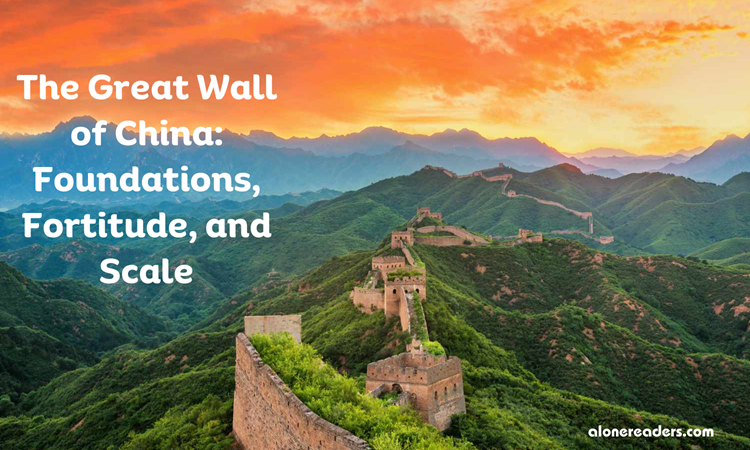
The Great Wall of China stands not only as a triumph of engineering but also as a testament to the strategic foresight of ancient Chinese civilization. It is a structure that transcends its physical form to become a symbol of cultural significance and a story of human endeavor spanning centuries.
The inception of the Great Wall can be traced back to as early as the 7th century BC when several warring states constructed multiple walls to defend their territories. However, the most recognized parts of the Wall we see today originated under the reign of Qin Shi Huang, the first Emperor of China, around 220–206 BC. The primary motivation for constructing the Wall was defense against nomadic incursions from the northern frontiers. The Mongols, Huns, and other tribes were a constant threat to the Chinese states, and the Wall was a strategic bulwark to deter invasions.
Over the centuries, the Great Wall was expanded and reinforced by various dynasties, most notably during the Ming Dynasty (1368–1644 AD). It was during this period that the Great Wall underwent major renovations and extensions, resulting in the structure that is largely visible today.
The Great Wall is an architectural marvel, meandering across deserts, grasslands, mountains, and plateaus, stretching approximately 21,196 kilometers (13,170 miles). It ranges from 15 to 30 feet in height and up to 25 feet in width, substantial enough to host troop movements and defend against cavalry charges. The Wall's structure is not uniform; it adapts to the geographical features of the terrain it traverses, utilizing natural barriers to its advantage and demonstrating the ingenuity of its builders.
Constructed from a variety of materials available in the vicinity, including earth, wood, bricks, and stones, the Wall stands as a testament to the resourcefulness of the ancient Chinese. Watchtowers, barracks, garrison stations, and signaling capabilities via smoke or fire were integral to the Great Wall's defense system.
Despite the natural erosion and human impacts over the millennia, significant portions of the Great Wall have survived, showcasing the strength of its construction. Restoration and preservation efforts have been ongoing, particularly for the sections built during the Ming Dynasty, which represent the pinnacle of the Wall's architectural and strategic capabilities.
Today, the Great Wall is not only a symbol of China's historical resilience but also a UNESCO World Heritage site, attracting millions of visitors each year. It serves as a powerful reminder of China's capacity for monumental undertakings and the lengths civilizations will go to protect their people and preserve their ways of life.
The Great Wall of China is more than a colossal fortification; it is the embodiment of a nation's strategic foresight, a milestone in architectural achievement, and a preserver of history. It teaches us about the lengths to which humanity will go for protection, the ingenuity required to overcome nature's challenges, and the enduring legacy that such constructions can hold through time. The Great Wall, in its vastness and strength, is not merely a wall but a bridge connecting the past to the present, inviting us to walk its length and learn the stories it has to tell.